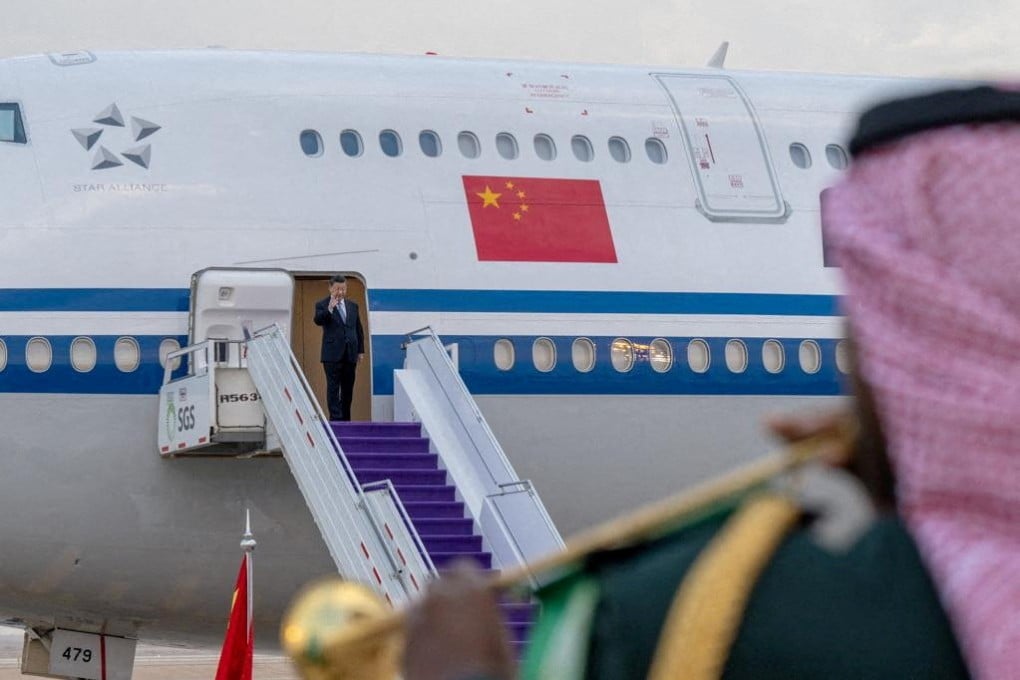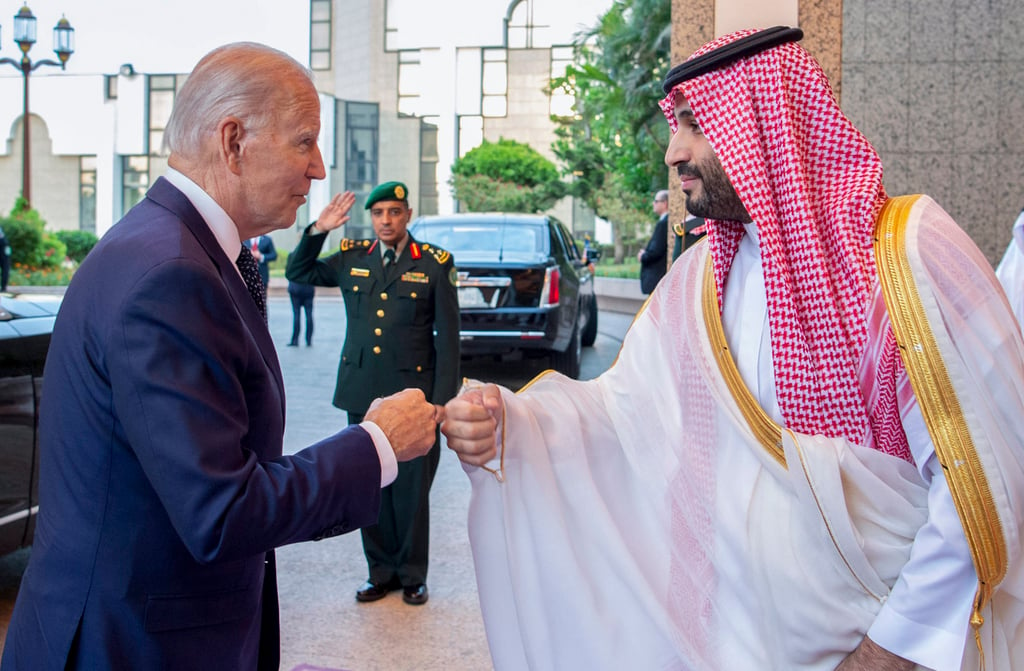Advertisement
Opinion | Why China may have more to offer Saudi Arabia than the US
- After decades of US engagement and with little to show for it, Saudi Arabia is looking instead at tangible deals with China
- While the US won’t give up its role as Middle East hegemon that easily, the appeal of China is growing in the region amid shifting power dynamics
Reading Time:3 minutes
Why you can trust SCMP
23

Seeking new frontiers, Saudi Arabia has rolled out the red carpet for China’s President Xi Jinping on his three-day visit. The two countries seek to sign agreements worth around $US30 billion to bolster relations, with bilateral trade currently at nearly US$90 billion. But, beyond the pageantry of the meeting, what matters is the context within which it is taking place.
Advertisement
The Gulf States, particularly Saudi Arabia, have become essential players in the global energy markets ever since Washington-led sanctions on the Russian energy sector sent oil and gas prices skyrocketing in Europe and the United States.
To combat rising prices, US President Joe Biden sought alternatives by reaching out to US-sanctioned countries like Venezuela and raising the possibility of easing restrictions on Iran. He also attempted to call the president of the United Arab Emirates and the crown prince of Saudi Arabia, both of whom refused to take his calls.
Saudi Arabia, like many of the Gulf countries, is a client state of the US that seeks its protection from emerging threats in the region. Yet, when Yemen’s Houthis attacked Saudi oil refineries early in the year, there was a lack of serious intent from Washington to pursue the culprits.
That’s not even mentioning Biden’s derision of the Saudi monarchy during the US presidential campaign, when he vowed to make the regime a “pariah” – words not forgotten by Crown Prince Mohammed bin Salman.
Advertisement
A last-ditch effort to pay a visit to Jeddah in July and persuade the crown prince to increase the output of oil by Opec+ member countries did not come to much; output was reduced by two million barrels per day to stabilise prices.


Advertisement
